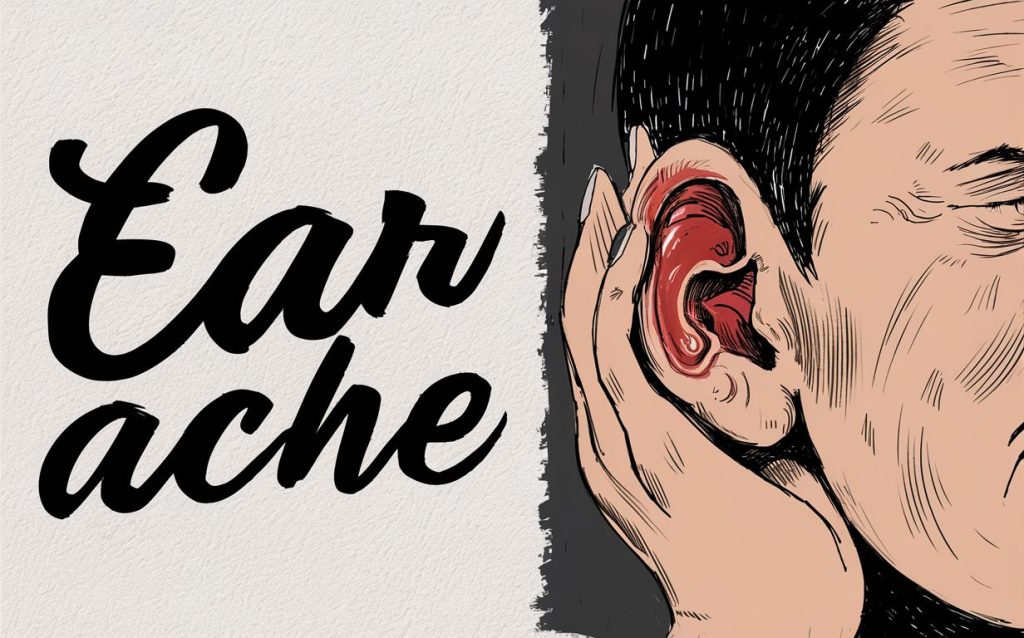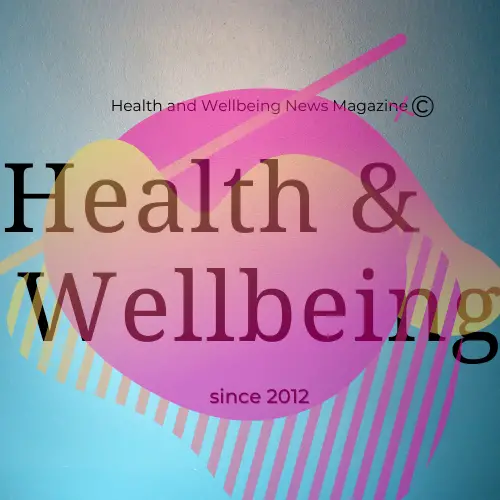Earaches are a common complaint, affecting people of all ages, from infants to adults. While often temporary and harmless, earaches can be quite uncomfortable and even debilitating. This detailed guide delves into the various causes, symptoms, and treatment options for earaches, empowering you to understand and manage this prevalent condition.
| Aspect | Description |
|---|---|
| Definition | Earache, also known as otalgia, refers to pain or discomfort in the ear or the ear canal. |
| Causes | – Ear infection (otitis media) |
| – Swimmer’s ear (otitis externa) | |
| – Sinus infection (sinusitis) | |
| – Eustachian tube dysfunction | |
| – Wax buildup in the ear canal | |
| – Foreign object in the ear | |
| – Temporomandibular joint (TMJ) disorder | |
| – Tooth infection or dental issues affecting the ear | |
| – Trauma to the ear or head | |
| – Allergies or colds causing congestion | |
| – Barotrauma (changes in air pressure, such as during air travel or scuba diving) | |
| Symptoms | – Ear pain or discomfort |
| – Pressure or fullness in the ear | |
| – Itching or irritation in the ear canal | |
| – Hearing loss or muffled hearing | |
| – Drainage from the ear | |
| – Fever (if caused by an infection) | |
| – Jaw pain or headache (if related to TMJ disorder) | |
| Treatment | – Pain relievers such as acetaminophen or ibuprofen |
| – Warm compresses applied to the affected ear | |
| – Over-the-counter ear drops for wax buildup or swimmer’s ear | |
| – Antibiotic treatment for bacterial ear infections | |
| – Antifungal medication for fungal ear infections | |
| – Nasal decongestants or antihistamines for congestion-related earaches | |
| – Avoiding inserting objects into the ear canal to prevent further irritation or injury | |
| Prevention | – Keep ears clean and dry |
| – Avoid exposure to loud noises or use ear protection | |
| – Practice good dental hygiene | |
| – Treat underlying conditions promptly | |
| – Seek medical attention for persistent or severe ear pain |
Types of Earaches:
Earaches can be categorized based on their location:
- Outer earache (otitis externa): This type of earache affects the outer ear canal, the passage leading to the eardrum.
- Middle earache (otitis media): This is the most common type, affecting the middle ear, the air-filled cavity behind the eardrum.
- Inner earache: This less frequent type affects the inner ear, which is responsible for hearing and balance.
Causes of Earaches:
Various factors can contribute to earaches, depending on the location affected:
- Outer earache:
- Swimmer’s ear: Bacterial or fungal infections caused by water trapped in the ear canal.
- Eczema or skin conditions: Affecting the skin of the ear canal, causing inflammation and discomfort.
- Injuries: Caused by foreign objects like cotton swabs or insects entering the ear canal, or physical trauma.
- Middle earache:
- Ear infection (otitis media): This is the most common cause, often caused by bacterial or viral infections spreading from the nose or throat to the middle ear.
- Eustachian tube dysfunction: When the Eustachian tube, responsible for equalizing pressure in the middle ear, becomes blocked due to allergies, colds, or sinus infections, it can lead to pain and discomfort.
- Changes in air pressure: Rapid changes in air pressure, like during flying or diving, can cause temporary discomfort in the middle ear.
- Inner earache:
- Inner ear infection (labyrinthitis): This is less common and often associated with viral infections.
- Meniere’s disease: A chronic inner ear disorder causing episodes of dizziness, vertigo, tinnitus (ringing in the ear), and hearing loss.
Symptoms of Earaches:
The specific symptoms of an earache can vary depending on the cause and location:
- Ear pain: This is the most common symptom, ranging from a dull ache to a sharp, throbbing pain.
- Fever: Often present, especially in children with ear infections.
- Drainage from the ear: Pus or fluid discharge from the ear canal may indicate an infection.
- Hearing loss: Temporary hearing loss can occur with some earaches, especially when the middle ear is involved.
- Fullness or pressure in the ear: This sensation can be accompanied by pain or discomfort.
- Tinnitus (ringing in the ear): This symptom may occur in some cases, particularly with inner ear involvement.
- Vertigo or dizziness: These symptoms are more common with inner ear problems.
Diagnosis of Earaches:

Diagnosis of an earache typically involves:
- Medical history review: Discussing your symptoms, any recent illnesses, and potential risk factors.
- Physical examination: Examining the ear canal and eardrum using an otoscope, a lighted instrument.
- In some cases, additional tests: These may include tympanometry (measuring eardrum movement), audiometry (assessing hearing), or imaging tests like X-rays or CT scans, especially if a more complex underlying condition is suspected.
Treatment Options:
Treatment for earaches depends on the underlying cause and severity:
- Home remedies: For mild earaches, home remedies like applying a warm compress, over-the-counter pain relievers like ibuprofen or acetaminophen, and getting adequate rest can provide relief.
- Antibiotics: These are prescribed for bacterial ear infections, typically lasting for a 7-10 day course.
- Decongestants and antihistamines: These may be helpful if the earache is associated with allergies or colds, helping to clear congestion in the Eustachian tube.
- Ear drops: In some cases, ear drops containing antibiotics, steroids, or pain relievers may be prescribed.
- Surgery: In rare cases, surgery may be necessary for chronic ear infections, severe complications, or removal of foreign objects.
Preventing Earaches
| Preventive Measures | Description |
|---|---|
| Maintain Good Ear Hygiene | – Keep ears clean and dry |
| – Use a soft cloth to gently wipe the outer ear, avoiding insertion into the ear canal | |
| – Avoid using cotton swabs or other objects to clean inside the ear canal | |
| – Dry ears thoroughly after swimming or bathing to prevent moisture buildup | |
| Protect Against Loud Noise | – Use ear protection such as earplugs or earmuffs in noisy environments |
| – Keep volume levels low when listening to music or using headphones | |
| – Take breaks from loud noise exposure | |
| Practice Dental Hygiene | – Maintain good oral health habits including regular brushing and flossing |
| – Seek dental treatment promptly for tooth infections or dental issues affecting the ear | |
| Manage Allergies and Cold | – Control allergies with medication or allergen avoidance |
| – Treat colds promptly to reduce congestion and ear pressure | |
| – Stay hydrated to keep mucous membranes moist and reduce irritation | |
| Avoid Changes in Air Pressure | – Equalize ear pressure during changes in altitude or air pressure, such as during flights |
| – Chew gum, swallow, or yawn to help open the Eustachian tubes | |
| – Use specialized earplugs designed for air travel or scuba diving | |
| Reduce Exposure to Smoke | – Avoid exposure to cigarette smoke and other pollutants |
| – Maintain a smoke-free environment indoors and outdoors | |
| – Encourage smoking cessation for individuals who smoke | |
| Treat Underlying Conditions | – Seek medical attention for persistent or recurrent earaches |
| – Address underlying health conditions such as sinus infections or TMJ disorder | |
| – Follow treatment plans prescribed by healthcare professionals |
Implementing these preventive measures can help reduce the risk of earaches and maintain optimal ear health. It’s important to practice good ear hygiene, protect against loud noise, manage allergies and colds, and address underlying health conditions promptly to prevent ear discomfort and potential complications.





